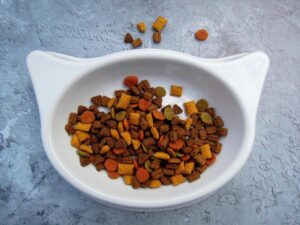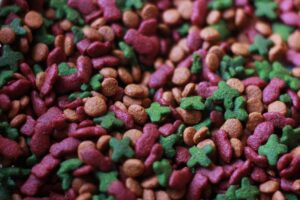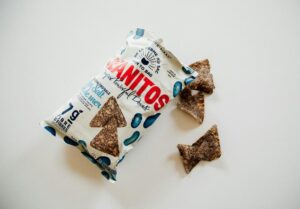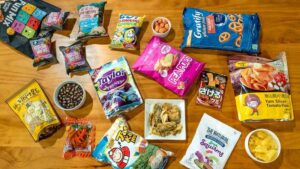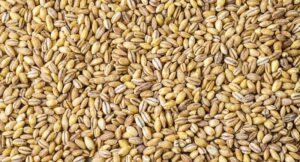Vacuum sealing is super popular now. It keeps food fresh. You save cash and waste less. Plus, food lasts way longer. But not all foods seal well. Knowing the good stuff helps you nail it.
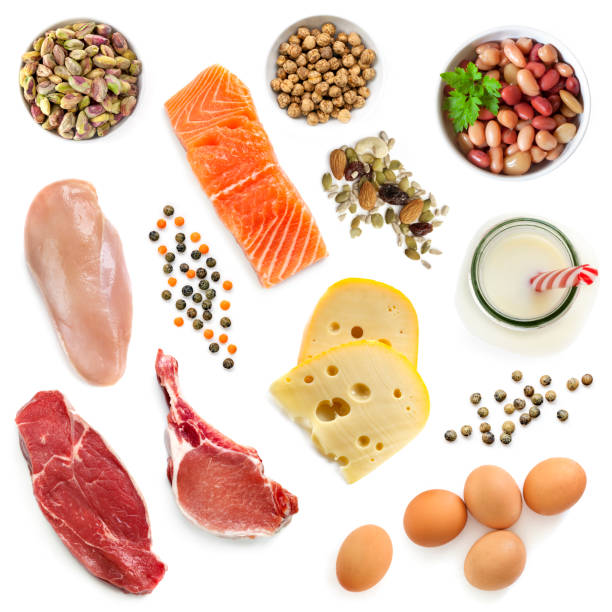
What is Vacuum Sealing?
What even is vacuum sealing? Basically, you suck air out a special bag. Or a container. Then you seal it shut. It yanks out oxygen. Oxygen is what makes food go bad, fast. The result? Your food stays fresh, like, way longer. There are different machines for this. But they all do the same thing: save your food.
Why Should You Vacuum Seal Food?
So why bother vacuum sealing? It does some pretty cool stuff:
- Keeps Food Fresh: No air means food stays fresh longer. Simple.
- Prevents Freezer Burn: This is a huge win. Especially for frozen foods. When vacuum-sealed, your food is safe that nasty freezer burn.
- Reduces Waste: You toss less food. ‘Cause it stays good.
- Better Organization: The vacuum bags are small. Easy to stack. Your fridge and freezer get way more organized.
Foods That Are Best for Vacuum Sealing
Some foods are just perfect for vacuum sealing. Here’s the lowdown on the top ones:
Fruits and Vegetables Fruits and veggies? They seal pretty well. But not all are perfect. Blanch veggies first. It’s best. This helps them keep their color, flavor, and texture. Some fruits, like berries and peaches, also do great. Slice ’em, then seal.
Meats and Fish But meat and fish? Awesome for vacuum sealing. They last so much longer freezer. And the quality stays great. Beef, chicken, pork—any kind of meat works. Fish, like salmon, stays fresh. Tastes good too.
Dry Goods and Grains So, grains like rice and pasta are perfect. For vacuum sealing. They’ll stay fresh for months. You won’t worry about bugs or moisture getting in. Plus, they take up less space sealed. Makes ’em easy to store.
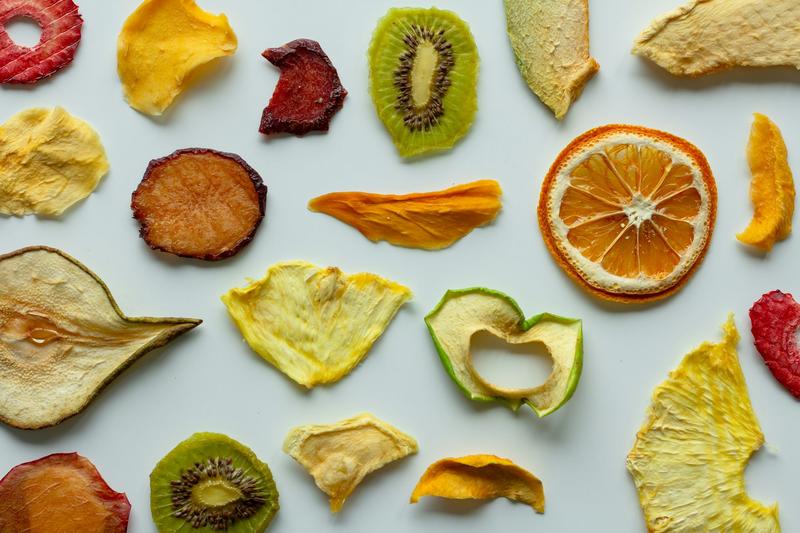
Dairy and Cheese And hard cheeses, like cheddar or parmesan, do well. In vacuum-sealed bags. They stay fresh longer. The flavor stays intact. But don’t seal soft cheeses. Brie or cream cheese? Nope. They just don’t work with vacuum sealing.
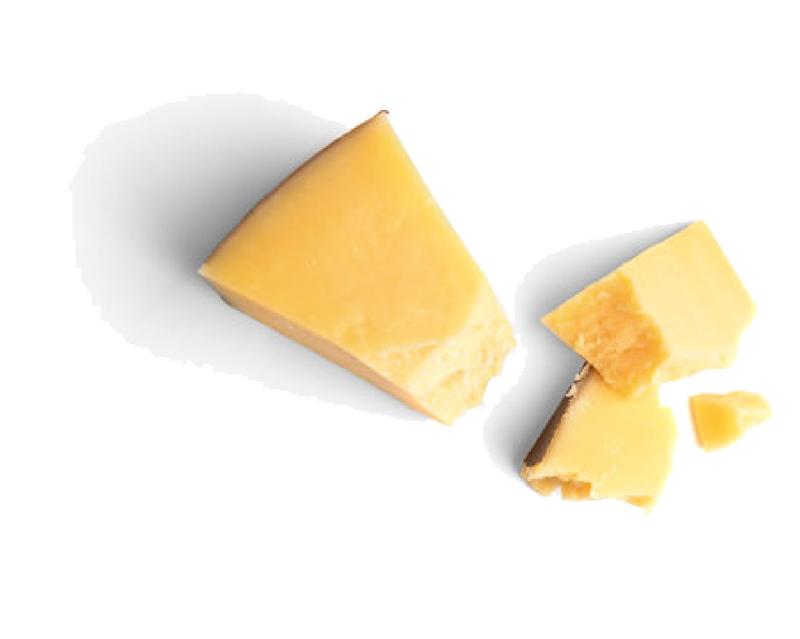
Prepared Meals vacuum sealing cooked meals can be a lifesaver. You meal prep? Sealing individual portions helps keep everything fresh. This also makes it easier grab a meal.
Top 3 Foods That Are Not Suitable for Vacuum Sealing
Some foods just don’t vibe with vacuum sealing. Here’s what to skip:
- Moist Foods: Foods like watermelon or juicy oranges? Too much water. They’ll cause issues with the seal. Bags won’t seal right.
- Bread: You vacuum seal bread? It gets squished. Loses its texture. Sad.
- Leafy Greens: Lettuce and spinach won’t stay fresh. Too much moisture. They spoil quickly, even in vacuum bags.
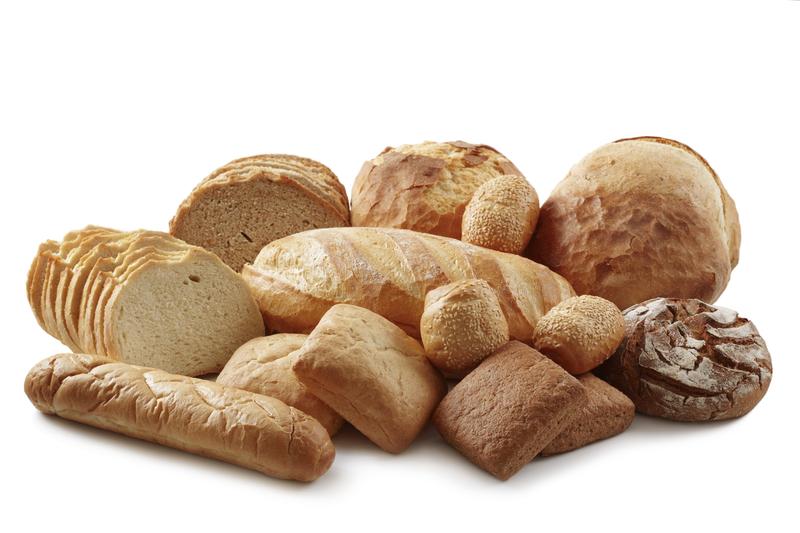
How to Vacuum Seal Different Foods ?
Vacuum sealing is easy. Once you know the steps:
- Prepare Your Food: For meat, portion it out first. You can also blanch vegetables before sealing.
- Pack the Food: Place your food evenly in bag. Don’t overcrowd it.
- Vacuum and Seal: Follow the machine’s instructions. It’ll suck out air and seal the bag.
- Store: Put your sealed bags in fridge, freezer, or pantry. Depends on the food.
Benefits of Vacuum Sealing for Meal Prep
Vacuum sealing makes meal prep a breeze. It’s a great way to store cooked meals. Saves you time. Keeps everything fresh. Trying to reduce food waste? It’s also a good way to avoid throwing out leftover meals.
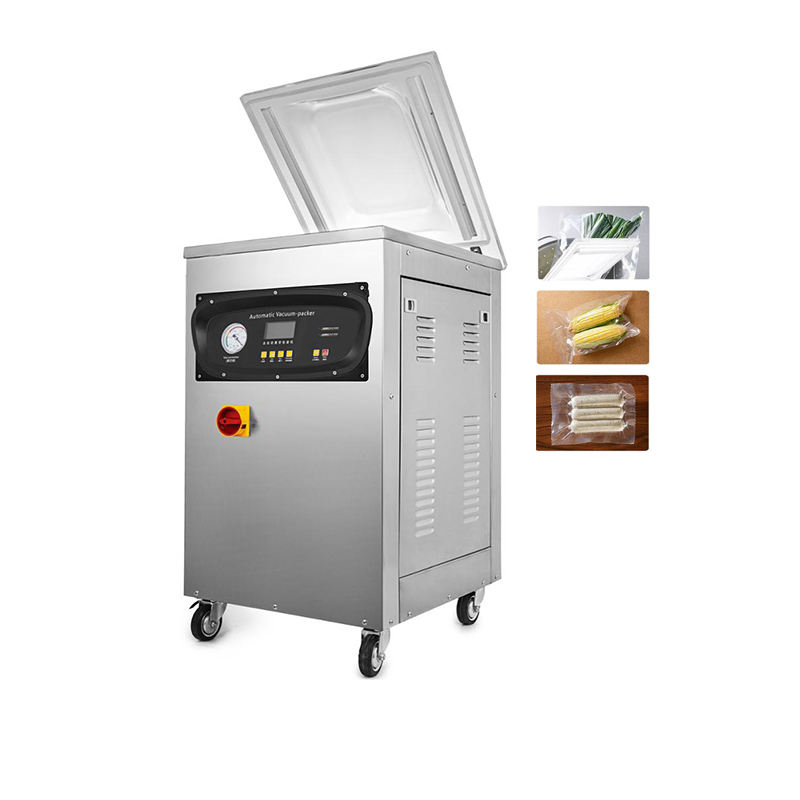
Vacuum Sealing Tips and Best Practices
So, here are some things to remember. When vacuum sealing:
- Don’t Overpack: Leave a little space in bag. For the vacuum to work.
- Label Your Bags: Mark the date and contents. On the bags. So you know what’s what.
- Use Special Bags for Moisture: Sealing moist foods like meat? Use bags made that.
Common Mistakes to Avoid
Watch out for common mistakes:
- Not Sealing Properly: Make sure no air pockets are left in bag. If there are, your food won’t stay fresh.
- Sealing the Wrong Foods: Avoid sealing foods that won’t work well. They’ll go bad faster. And make a mess.
- Overpacking Bags: Too much food in a bag? The vacuum machine can’t work properly.
Conclusion
So, vacuum sealing is fantastic. It makes your food last longer.Please keeps it fresh, If you know which foods to seal. And follow a few basic tips, you can totally rock this method.
It’s easy, works well, perfect for anyone looking save time and reduce food waste.



